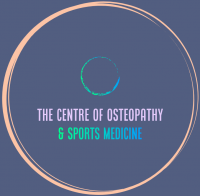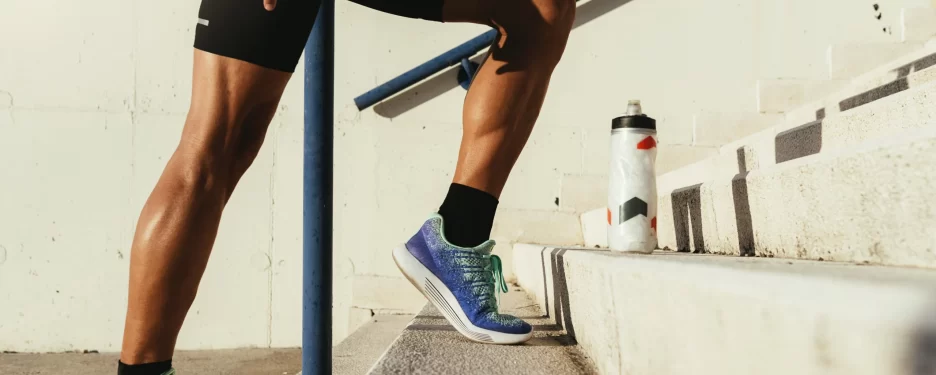Stretching is an essential part of any workout routine or physical activity. It helps to improve flexibility, reduce the risk of injury, and promote overall health and wellbeing. When it comes to stretching the lower legs, it is important to focus not only on the superficial calve muscles but also on the soleus and deep posterior leg muscles.
The calves are made up of several muscles. The two main big muscles are the gastrocnemius and the soleus. The gastrocnemius is the larger of the two muscles and is responsible for plantar flexion, or pointing the foot downwards. The soleus is a smaller, flatter muscle that lies beneath the gastrocnemius and is responsible for plantar flexion when the knee is bent.
While many people are familiar with stretching the gastrocnemius muscle, it is important not to forget about the soleus muscle. Stretching the soleus muscle can help improve ankle mobility and reduce the risk of injury. To stretch it, begin by standing with your feet shoulder-width apart and your toes pointing forward. Place your hands on a wall or other stable surface in front of you and step one foot back, keeping both heels on the ground. Lean forward until you fell a stretch in your calf muscle. Hold for 30 seconds. Then, switch sides.
In addition to stretching the gastrocnemius and soleus muscles, it is also important to stretch the deep posterior leg muscles. These muscles include the tibialis posterior, flexor hallucis longus and flexor digitorum longus. Stretching these muscles can help improve ankle range of motion and prevent from injury.
To stretch the deep posterior leg muscles, begin by sitting on the ground with your legs straight out in front of you. Cross one leg over the other, placing your foot on the ground next to your other knee. Reach forward with both hands and grab your ankle, pulling it towards your body until you feel a stretch in your calf muscle. Now, slightly bend the knee of the leg you are stretching. Hold for 30 seconds. Then, switch sides.
In conclusion, stretching the calves, soleus and deep posterior leg muscles is important for improving flexibility, reducing the risk of injury, and promoting overall health and wellbeing. The Centre of Osteopathy & Sports Medicine recommend to incorporate these stretches into your workout routine or physical activity, so you can help improve your ankle mobility and overall performance of your lower leg muscles!

